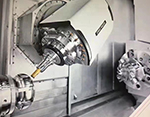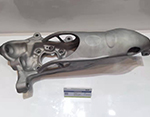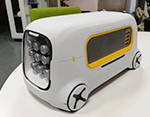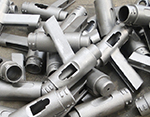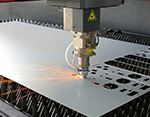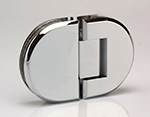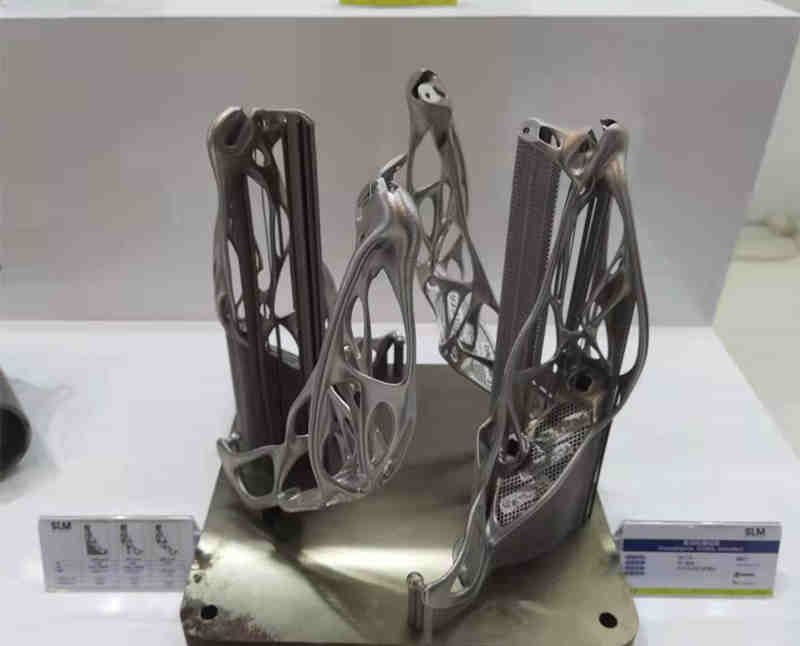-
Service
+
- CNC Precision Machining Service +
- Multi-Axis Simultaneous Machining Service +
- CNC Turning Service +
- Metal 3D Printing Service +
- Rapid Prototyping Service +
- Die Casting Service +
- Sheet Metal Fabrication Service +
-
Finish Serivces
+
- Polishing
- Grinding
- Brushed Finish
- Sand blasting
- Painting
- Powder Painting
- Anodizing
- Hard anodizing Service
- Passivation
- Zinc Plating
- Nickel Plating
- Chrome Plating
- Blackening
- Black Zinc Plating
- Teflon Coating
- Titanium Coating
- DLC Coating
- Laser Marking
- Silk Screen Printing
- Transfer Printing
- Micro Arc Oxidation
- Industries +
- About Us +
- Resource +
- Contact Us
- Quote

-
Service
-
>
-
>
-
>
-
>
-
>
-
>
-
>
-
>
-
- Industries
- About Us
- Resource
- Contact Us
3d printing prototypes
3D printing cases, material, technology,processHow to 3D print prototypes
Are you ready to develop prototypes using additive manufacturing, but don't know how? Using an external 3D printing service is the perfect solution.
Using Kesu Group services will give you access to industrial technology and materials, but you will also benefit from advice from our 3D printing experts. They will help you implement 3D printing into your strategy and answer all your questions.
It is very important to us to help customers improve their manufacturing processes and the entire prototyping process to get the best possible product. We provide 3D printing solutions for a variety of projects, from architectural models to mechanical part prototypes, there is a material in our 3D printing services to meet your expectations.
SLA (Stereo Lithography Apparatus) The liquid tank is filled with liquid photosensitive resin, which will quickly cure under the ultraviolet laser beam emitted by the laser (the laser used in SLA and SLS is different, SLA uses ultraviolet laser, and SLS uses infrared laser). At the beginning of forming, the lifting worktable is below the liquid level, exactly one section thick. The laser beam focused by the lens scans the cross-sectional profile along the liquid surface according to the machine instructions. The resin in the scanning area quickly solidifies to complete the processing of a layer of cross-section and obtain a layer of plastic sheet. Then, the workbench is lowered by the height of the one-layer thickness, and then the other layer is cured. Such layers are superimposed to construct a three-dimensional entity.
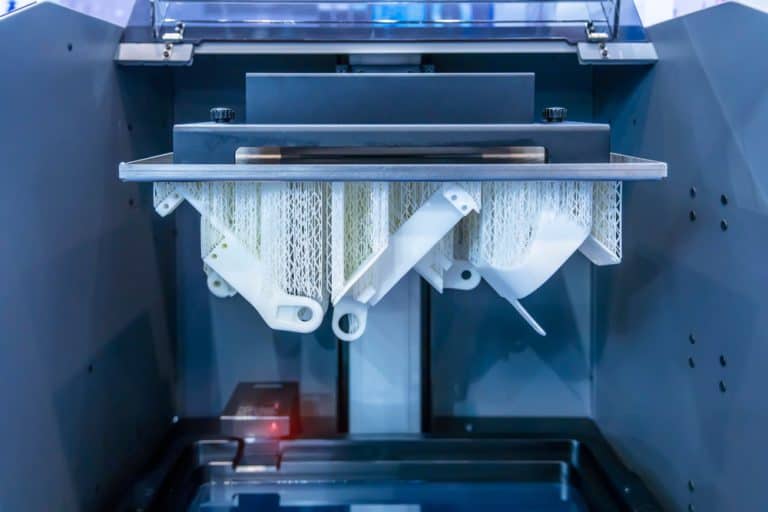
White ABS Printing
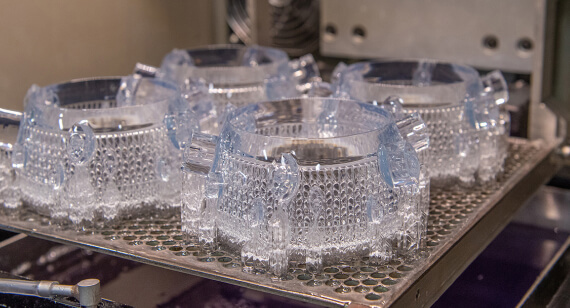
Transparent Resin
SLS (Selective Laser Sintering) This technology uses powder spreading to spread a layer of powder material on the upper surface of the molded part and heat it to a temperature just below the sintering point of the powder. The control system controls the laser beam to be on the powder layer according to the cross-sectional profile of the layer. After scanning, the temperature of the powder rises to the melting point, sintering and bonding with the molded part below. After one layer is completed, the workbench is lowered by the height of the one-layer thickness, and the spreading roller spreads a layer of uniform and dense powder on it, and sinters the section of the new layer until the entire model is completed.
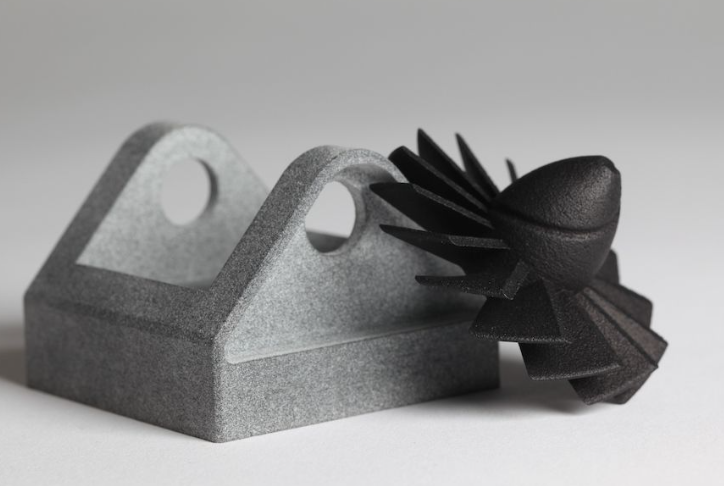
PA12 Nylon printing
SLM (Selective Laser Melting). It was first proposed by froounholfer Research Institute of Germany in 1995. It is a rapid prototyping technology of metal powder, which can directly form metal parts with nearly complete density. SLM technology overcomes the complex process of manufacturing metal parts by selective laser sintering (SLS) technology. In the SLM process, the metal melts and solidifies instantaneously (the cooling rate is about 10000K / s), the temperature gradient is large, resulting in great residual stress. If the substrate is not rigid enough, the substrate will be deformed. Therefore, the substrate must be rigid enough to resist the influence of residual stress. Stress relief annealing can eliminate most of the residual stress to avoid the substrate deformation caused by excessive residual stress and insufficient substrate rigidity.
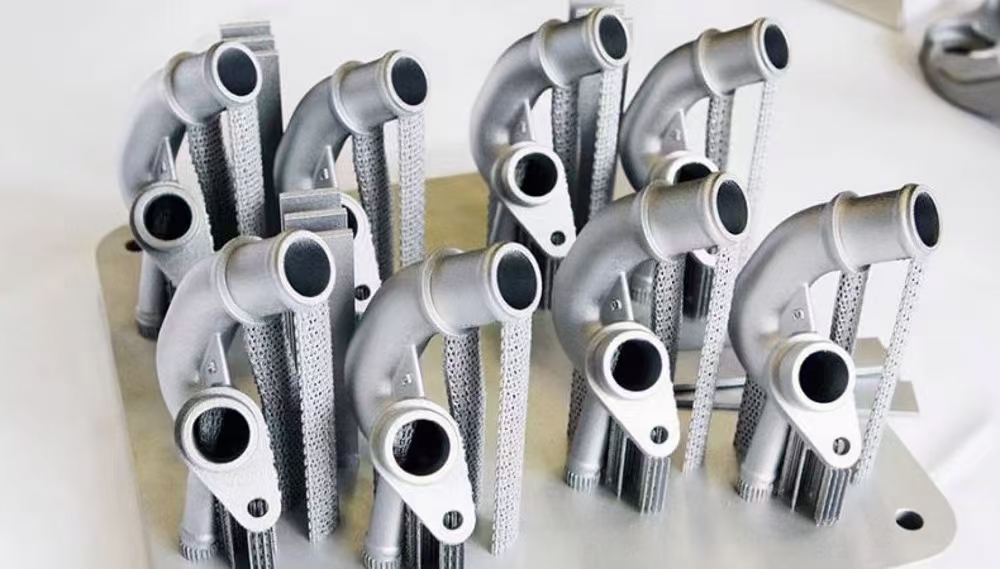
316L stainless steel printing
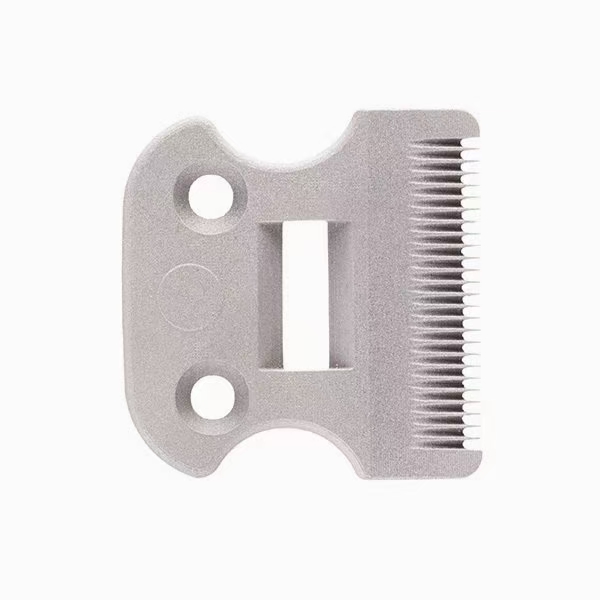
Aluminum AlSi10Mg printing
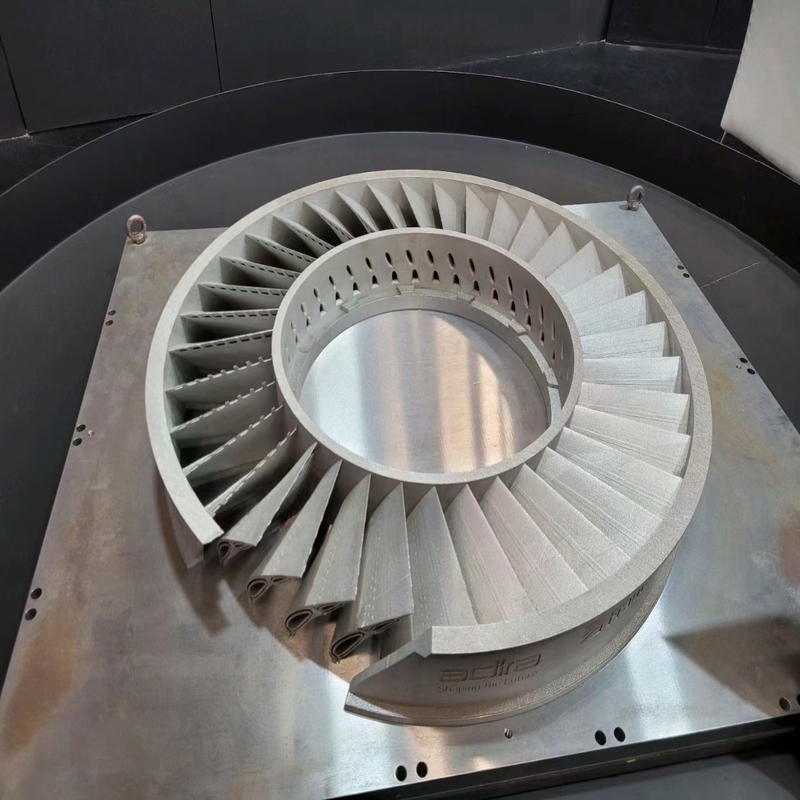
Titanium impeller printing
Contact Info:
Email: allen@kesugroup.com
WhatsApp: +86 159-5565-1249
Our engineer team are ready for your projects and provide feedback quickly.

